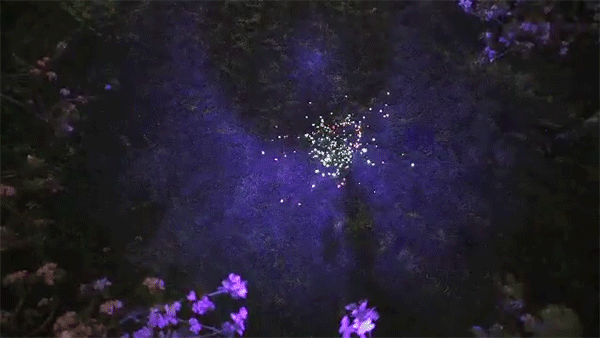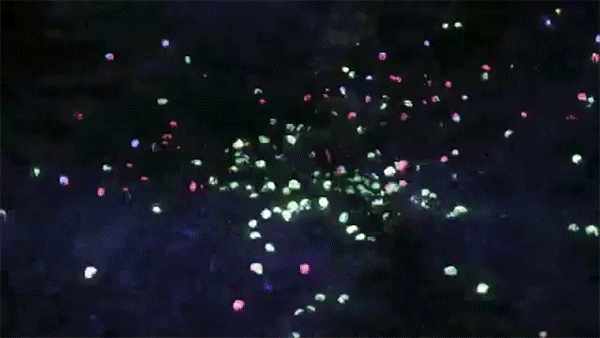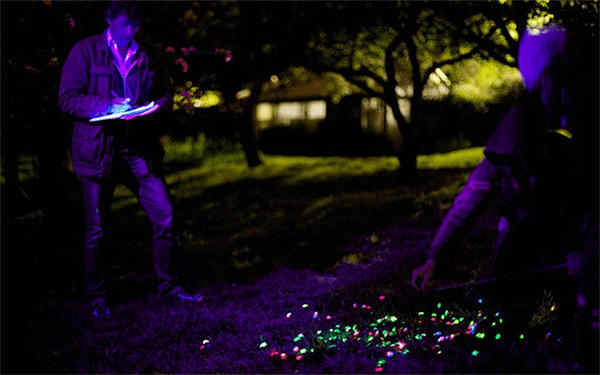LED Lights Help Researchers Track The Movements Of Snails
Posted by Richard Clarke on 28th Aug 2013

A team of researchers from the University of Exeter, led by Dr. Dave Hodgson, have been using LED lights to track the movements of snails at night.

The team tagged around 450 garden snails with either LED lights or UV paint, and tracked them over a 72 hour period.
The research was conducted as part of an ongoing ‘Slime Watch’ study, looking into the transmission of lungworm (angiostrongylus vasorum) from snails to dogs.
The infection is potentially fatal in dogs. 150 vet practices were asked about it, and between them they reported 952 suspected cases of lungworm, 81 of which resulted in deaths thought to be caused by the infection.
Although no-one is entirely certain of how lungworm is transferred between the species, the most commonly accepted theory is accidental ingestion.

The findings from the research somewhat backed this, as they found that during the day, snails preferred to stay in dark crevices, some of which might include dogs toys, or otherwise areas that dogs like to explore.
Some of the other results were also interesting. Some of the speedier snails can reach top speeds of up to 1m per hour. Some can even travel distances of up to 25m in 24 hours!
They also found that a lot of snails move in convoys – making full use of the slime already laid down by snails before them. It’s thought that a snail uses up to 30% of its energy on slime production alone.
Over recent years, snail and slug numbers have seen a 50% rise due to increased wet weather conditions, making the lungworm problem even more common and problematic.
Check out the video below for the timelapse.
What do you think of the research done by the team? Let us know in the comments below!
You can also write on our Facebook page, and tweet us @WLEDLightsUK using the hashtag #WLEDAware.





